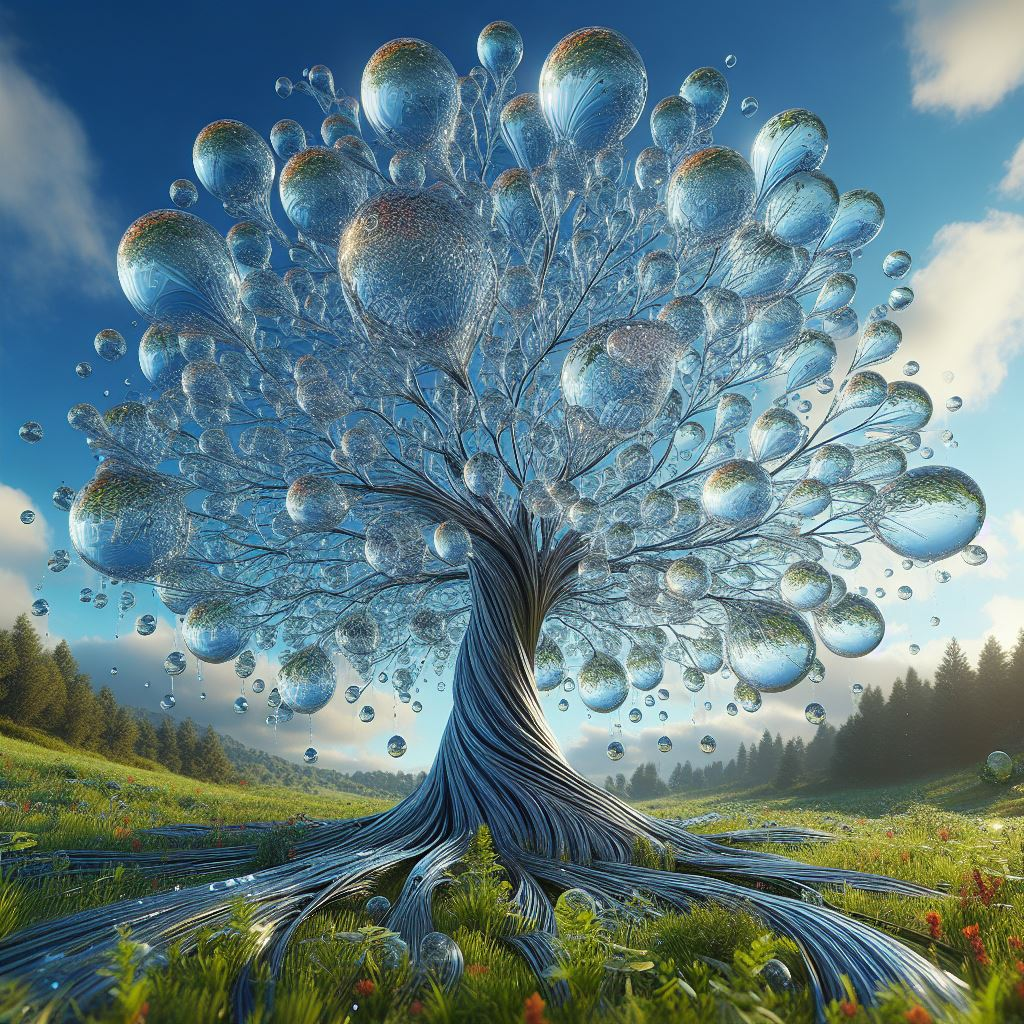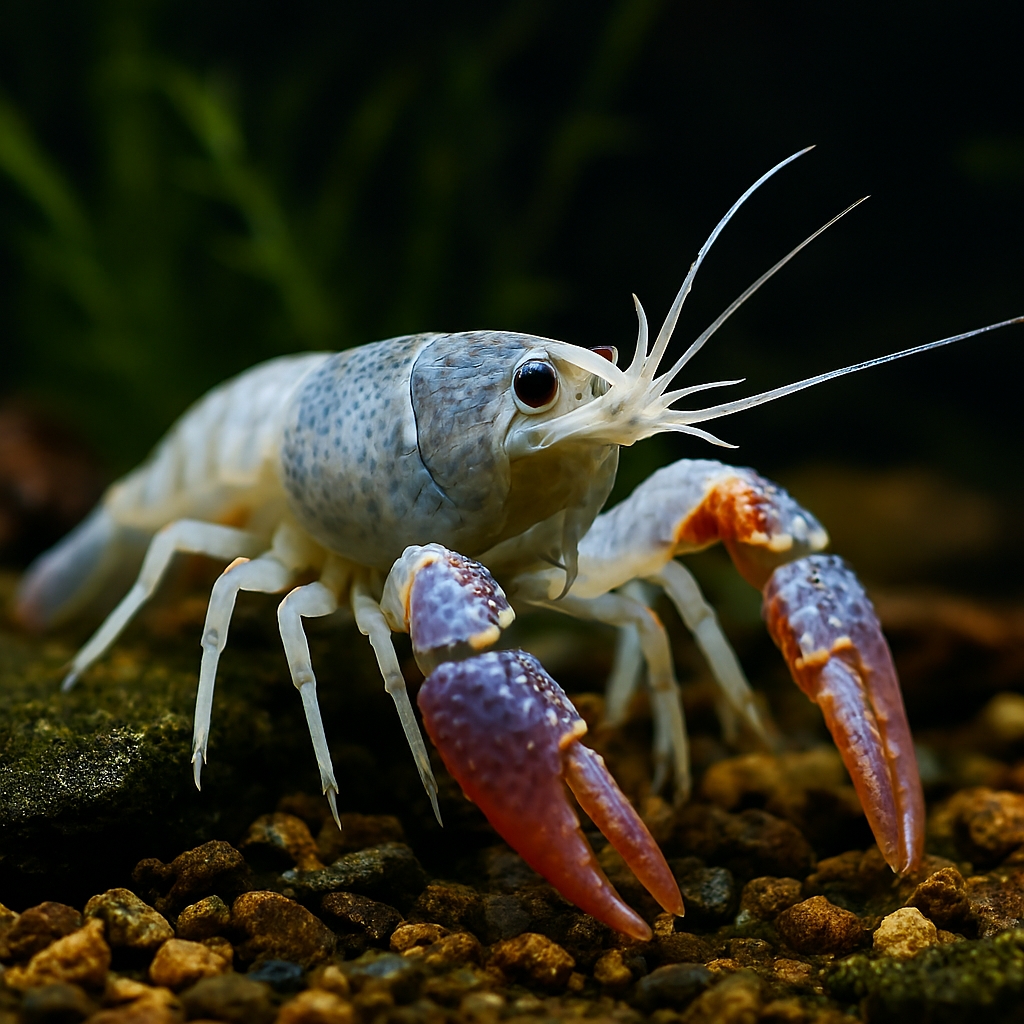The Geek’s Guide To Planting Trees Near Waterways
————————-
Introduction
Welcome, fellow eco-geeks! 🌿 In this blog post, we’ll delve into the fascinating world of tree planting near waterways. Buckle up, because we’re about to explore why these leafy guardians are essential for our environment, especially when they cozy up to rivers, streams, and lakes.
The Riparian Zone Is Where Trees & Water Shake Hands
Before we geek out, let’s set the stage. Imagine a lush, green corridor hugging the banks of a river—the riparian zone. This magical space is where trees and water shake hands, exchange secret whispers, and collaborate to keep our ecosystems in balance.
Why Plant Trees Near Waterways?
Water Quality Improvement: Trees are like nature’s water filters. When strategically planted, they reduce the amount of pollution—both diffuse and point source—that flows from land into rivers. Their roots bind soil together, preventing sedimentation and keeping our waterways crystal clear.
Bank Stabilization: Picture this: a tree’s roots snuggling into the riverbank, holding it together like a giant, arboreal hug. These root systems prevent bank collapse, ensuring that our precious soil stays put.
Natural Flood Management: When heavy rain threatens to turn our streets into rivers, trees come to the rescue. They absorb excess water, acting as sponges. Plus, fallen trees create “leaky dams,” slowing down surface runoff and mitigating floods.
Carbon Sequestration: Trees are climate superheroes. Through photosynthesis, they lock up carbon dioxide, reducing its concentration in the atmosphere. So, when you plant a tree, you’re basically giving Earth a high-five in the fight against global warming.
Healthy Habitats: Trees aren’t just shady spots for picnics; they’re bustling neighborhoods for wildlife. Birds, insects, and critters find refuge in their leafy branches. As we grapple with a biodiversity crisis, creating and connecting habitats is more crucial than ever.
Additional Points For The Eco Arsenal
1. Hydrological Heroes: Trees near waterways are like hydrological superheroes. Their roots act as conduits, channeling water deep into the ground. This process, known as infiltration, replenishes groundwater, ensuring a steady flow in rivers during dry spells.
2. Nutrient Cycling Ninjas: Beneath the soil, tree roots engage in a covert operation: nutrient cycling. They absorb nutrients from the water, preventing excess nitrogen and phosphorus from reaching the waterway. These elements, when abundant, can lead to harmful algal blooms and aquatic ecosystem imbalances.
3. Shade and Stream Thermodynamics: Picture a hot summer day. The sun beats down mercilessly on a river. But fear not! Our leafy friends provide shade, cooling the water. This temperature regulation is crucial for aquatic organisms—think of it as their own personal air-conditioning system.
4. Biodiversity Boosters: Riparian trees are matchmakers for biodiversity. They connect terrestrial and aquatic ecosystems, allowing critters to commute freely. Frogs hop from land to water, dragonflies flit about, and otters perform synchronized swimming routines—all thanks to these green bridges.
5. Phytoremediation Pioneers: Some trees have PhDs in cleaning up messes. They’re experts in phytoremediation, slurping up pollutants like heavy metals and pesticides. So, when you plant a willow by the creek, you’re basically hiring a waterway janitor.
Join The Discussion
What’s your favorite tree species for riparian zones? Share your geeky insights below! Let’s geek out together and celebrate the unsung heroes of our waterways.
#EcoGeek #TreeHugger #RiversideRambles #NatureNerds


















Dessie K
Real good information can be found on blog.Raise range